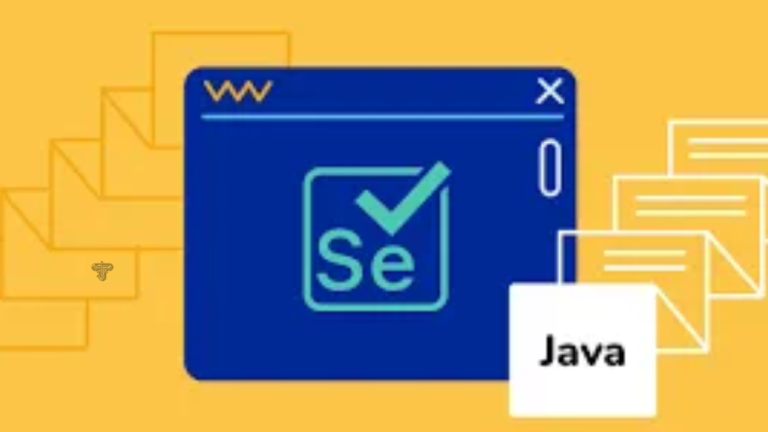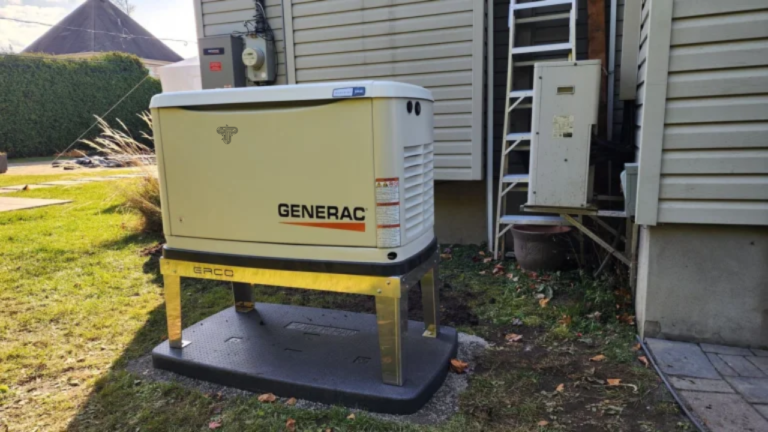What Is DTF Printing? A Beginner’s Guide to the Future of Custom Apparel
Custom apparel has become a thriving market in recent years. From custom t-shirts and hoodies to personalized accessories, people love to wear designs that express their unique style. One of the latest advancements in the world of garment decoration is DTF (Direct to Film) printing. As a beginner, you may have heard of this technology, but you’re probably wondering: What exactly is DTF printing, and how can it be used for custom apparel? In this guide, we’ll explore the ins and outs of DTF printing, its advantages, limitations, and how it compares to other printing techniques.
What Is DTF Printing?
DTF printing, or Direct to Film printing, is a relatively new and revolutionary technique for customizing garments and other fabrics. In simple terms, DTF printing involves printing designs onto a special PET (polyethylene terephthalate) film, applying a layer of adhesive powder, and then transferring the design onto fabric using heat.
Unlike traditional methods such as screen printing or direct-to-garment (DTG) printing, DTF printing does not require any pretreatment of the fabric. This makes it an easier and faster option for high-quality, multi-colored prints on a variety of materials.
How DTF Printing Works
Understanding the DTF printing process is key to seeing why it’s so appealing for both beginners and professionals. The steps are straightforward but require careful attention to detail for the best results. Here’s how it works:
- Printing the Design onto PET Film: The first step in DTF printing is to print your design onto a special type of film. This is done using a printer equipped with the appropriate inks. The design is printed in reverse, similar to how heat transfer prints work.
- Applying Adhesive Powder: After printing the design onto the film, the next step is to apply a layer of hot melt adhesive powder. This powder sticks to the areas of the design that are printed and is crucial for ensuring that the print sticks properly to the fabric.
- Curing the Adhesive: Once the adhesive powder is applied, the film needs to go through a curing process. This is typically done with a heat press or in an oven. The heat melts the powder, bonding it to the printed design.
- Transferring to Fabric: Finally, the film is placed onto the fabric, and heat is applied once again. The heat press ensures that the design sticks to the fabric, creating a vibrant and durable print. This final step allows the design to transfer seamlessly, even on dark fabrics, ensuring that it retains its color and detail.
Materials and Equipment Required
DTF printing requires some specific equipment and materials. Here’s a list of what you’ll need:
- DTF Printer: A specialized printer capable of printing on film. The Prestige L2 DTF printer is a popular choice for many printers, offering high-quality prints and efficiency for commercial or small-scale use.
- PET Film: A type of film designed to hold the ink and adhesive. It’s important to choose the right type of film for your printer.
- Adhesive Powder: This powder binds the print to the fabric. It’s essential for ensuring the longevity and vibrancy of the design.
- Heat Press: A heat press is required for both curing the adhesive and transferring the design to the fabric.
Advantages of DTF Printing
DTF printing offers several key advantages that make it an attractive option for garment decorators. Here’s why it’s becoming a go-to method for custom apparel:
1. Works on a Variety of Fabrics
Unlike other printing techniques like screen printing or sublimation, DTF printing works on a wide range of fabrics, including cotton, polyester, and blends. This versatility makes it a great choice for anyone looking to print on different types of clothing or accessories.
2. Bright, Durable Colors
DTF printing uses high-quality inks that result in bright, vibrant colors. Because the ink is applied to the film first, the print is more durable and resistant to fading, ensuring long-lasting designs on clothing.
3. No Pretreatment Required
In contrast to DTG printing, which requires pretreatment of fabrics to ensure proper ink adhesion, DTF printing eliminates the need for such steps. This can save time and make the printing process more straightforward.
4. Cost-Effective for Small Batches
For small businesses or hobbyists, DTF printing is a cost-effective option. Unlike screen printing, which typically requires large batch runs to be economical, DTF printing is ideal for small quantities without sacrificing quality. This makes it perfect for custom orders and one-off designs.
Limitations and Challenges
While DTF printing offers numerous benefits, it’s important to be aware of its limitations:
1. Powder Mess and Safety Concerns
Handling adhesive powder can be a bit messy, and it’s essential to take safety precautions. Wearing a mask and gloves is advisable, as inhaling the powder or coming into contact with it on your skin can be harmful. Additionally, keeping the workspace clean is crucial to avoiding powder residue on the prints.
2. Curing Setup Cost
While the actual printing process with DTF is relatively low-cost, you’ll need a heat press or curing system, which can be an additional expense. This upfront cost may be a deterrent for hobbyists or those just starting.
3. Learning Curve for Optimal Results
Although DTF printing is relatively easy to learn compared to some methods, achieving optimal results takes time. Factors such as temperature, pressure, and time need to be carefully adjusted to get the best print quality. However, once you master these variables, the results are stunning.
DTF Printing vs. Other Techniques
When comparing DTF printing to other popular garment printing techniques, it’s clear that each method has its own advantages. Let’s take a look at how DTF printing stacks up against the competition.
DTF vs. DTG (Direct to Garment)
- DTF Printing: Best for a variety of fabrics, including dark and light garments. It’s more versatile in terms of fabric types and produces long-lasting prints without the need for pretreatment.
- DTG Printing: Ideal for full-color prints on cotton fabrics but requires pretreatment for dark garments. It is generally more expensive than DTF, especially when printing on different fabric types.
DTF vs. Screen Printing
- DTF Printing: Great for small batches and full-color designs, with less setup time and cost compared to screen printing.
- Screen Printing: More suitable for large quantities, but requires more setup and materials. It’s excellent for solid colors and larger runs, but it isn’t as versatile as DTF when it comes to fabric options.
Is DTF Printing Right for You?
DTF printing is an excellent choice for small businesses, hobbyists, or print shops looking to offer high-quality custom apparel with minimal setup costs. If you’re just starting out, the low barrier to entry and flexibility of DTF printing make it a great option. For larger-scale operations, it provides the ability to print vibrant, durable designs without the hassle of pretreatment, making it a cost-effective solution.
The Future of DTF Printing
The world of garment decoration is constantly evolving, and DTF printing is at the forefront of that change. As technology improves, DTF printers will only get more efficient, faster, and affordable. The market demand for high-quality custom apparel is growing, and DTF printing is poised to meet that demand with its versatility and vibrant results.
Tech Blaster
Conclusion
DTF printing is an exciting development in the custom apparel industry, offering a versatile, cost-effective, and efficient method for creating vibrant designs on a wide range of fabrics. Whether you’re a beginner or a seasoned professional, this printing method is worth considering for your next project. With its low startup costs and minimal learning curve, DTF printing is set to become the go-to method for custom apparel in the years to come.







